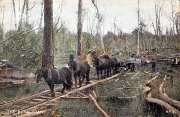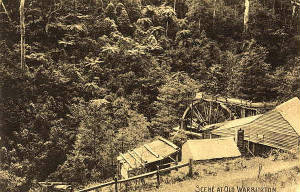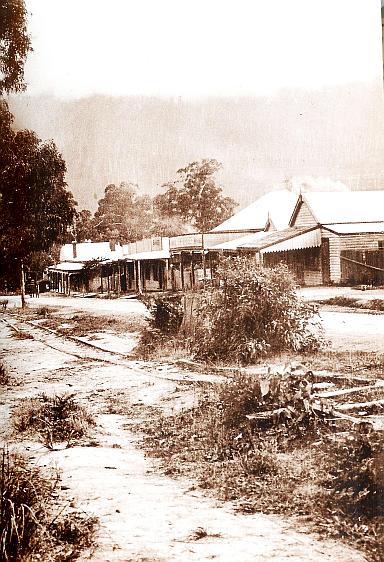The Sam Knott Hotel
Previously known as The Warburton
Hotel, The Sam Knott Hotel is a heritage listed, important, part of the Wesburn community.It is said that during the decline
of the goldmining era, Edward John Buller (1840-1908) moved his hotel to West Warburton (Known as Wesburn from 1925) in 1885.
One of 19 shanty hotels in the Yarra Valley and the only one to have survived. It is said that he moved the Hotel
by bullock dray.
An 1886 advertisment in the Lilydale Express offered "Good Accomodation for families" at Bullers hotel
with coaches to and from Lilydale each day, prompt mail delivery, and "saddle horses and buggies for hire".
Cobb and
Co operated from the Hotel in the same year and Buller also ran a general store from the main bar. Clunings Taxi Service and
a dentist also operated from the hotel in the 1920's/1930's.
The Sam Knott Hotel is situated along the Warburton Highway.
Open
7 days, the hotel is famous for its unique history including that of Sam Knott. Hearty, country meals are served daily in
the bistro or enjoy a counter meal in the public bar with a replica statue of Sam Knott himself! The Hotel is heritage listed
and filled with memorabilia from days gone by.












